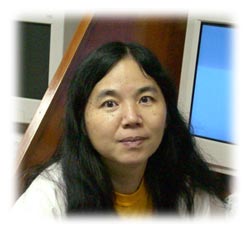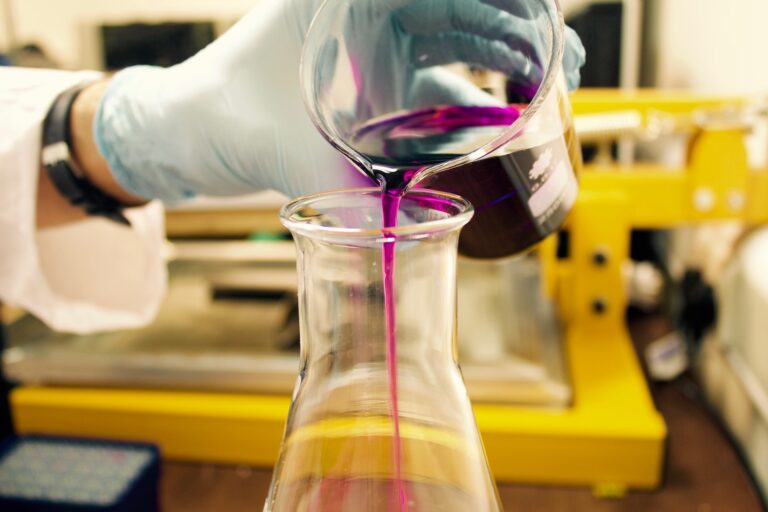Department of Chemistry, Physics, and Atmospheric Sciences – CHEMISTRY
College of Science, Engineering, and Technology
Chemistry is the study of how matter behaves at its most basic level. The central science, chemistry, is involved in everything that we do. Its applications stretch across all areas of life, including medicine, engineering and agriculture.
Ming-Ju Huang
Professor
|
|||

|
1400 J. R. Lynch Street, P.O. Box 17910 Jackson, MS39217-0510
Physical location:
Contact:
|
||
Teaching
|
|||
|
Practicum in College Chemistry Teaching: Laboratory CHEM 750 Physical Chemistry CHEM 341 and CHEM 342 General Chemistry Lab. CHML 141 and CHML 142 |
|||
|
|||
| Computer-Aided Drug Design, QSAR, Molecular Similarity: Our research focuses on the development of methods for computer-aided drug design, the application of quantum chemical methods to molecular structure, receptor-ligand binding activity, and QSAR studies with traditional regression and neural network approaches based on calculated molecular properties from quantum mechanical methods. Our ultimate goal for computer-aided drug design is to provide some useful drug candidates for synthetic chemists before they start their synthesis. | |||

|

|
||
|
|||
|
|||
RESOURCES

